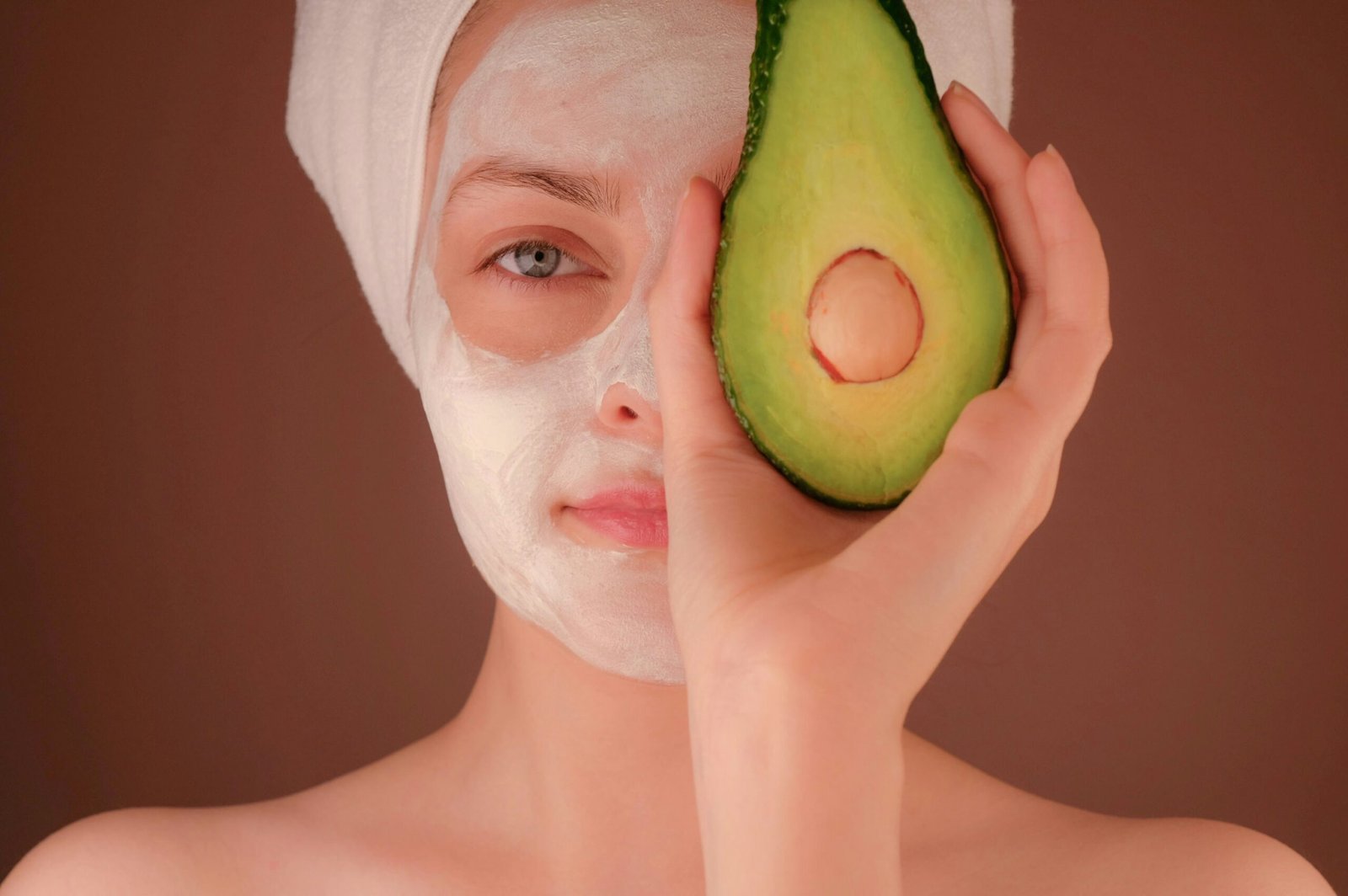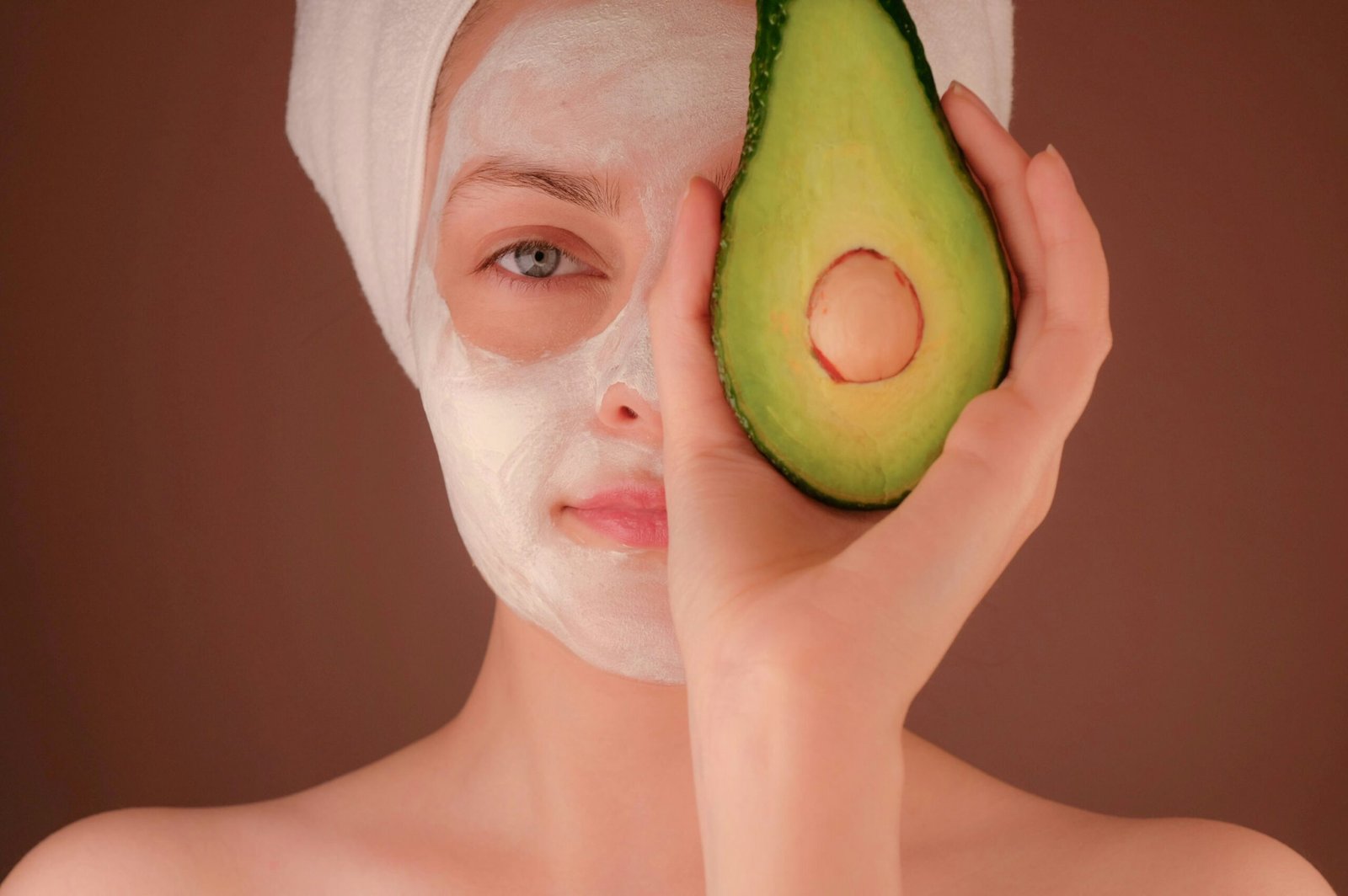
Understanding Acne-Prone Skin
Acne-prone skin is characterized by an increased likelihood of developing different types of acne lesions, which can range from mild blackheads and whiteheads to more severe forms such as cystic acne. The primary factors contributing to this condition include excess oil production, clogged pores, hormonal fluctuations, and the presence of certain bacteria, particularly Propionibacterium acnes. Each of these elements plays a crucial role in the formation and exacerbation of acne.
Excess oil production occurs when sebaceous glands become overactive, commonly triggered by hormonal changes associated with puberty, menstrual cycles, or stress. This excess oil can mix with dead skin cells, leading to clogged pores, which can further inflame and irritate the surrounding skin. Clogged pores not only serve as a breeding ground for bacteria but also prevent the skin from renewing itself effectively, resulting in persistent acne.
Additionally, hormonal fluctuations can significantly impact skin health, particularly in adolescents and women during their menstrual cycle. These hormonal changes are often linked to increased oil production, exacerbating acne development. Identifying specific triggers related to hormonal imbalances can aid individuals in managing breakouts more effectively.
There are various types of acne that individuals may experience, including blackheads, which are open comedones characterized by darkened pore openings; whiteheads, which are closed comedones that appear as small, raised bumps; and cystic acne, a more severe form that involves painful, inflamed lumps deep within the skin. Understanding these different types allows individuals to recognize their specific skin concerns and pursue appropriate treatments.
Finally, establishing a tailored skin care regimen is essential for managing acne-prone skin. A personalized routine not only addresses the unique characteristics of an individual’s skin but also incorporates products specifically designed to reduce inflammation, control oil production, and promote skin healing. By understanding the underlying factors of acne-prone skin, individuals can take informed steps toward effective management and treatment.
Essential Steps in an Acne Skin Care Routine
Developing an effective skin care routine for acne-prone skin involves several crucial steps that emphasize both cleansing and treatment. The first step, cleansing, is fundamental; it removes dirt, oil, and makeup from the skin’s surface. It is essential to select a gentle, non-comedogenic cleanser. Gel-based or foaming cleansers containing salicylic acid or benzoyl peroxide can be particularly beneficial, as they help prevent pore blockage without overly drying the skin. Cleansing should be carried out twice a day to maintain skin clarity.
Following cleansing, exfoliation is the next vital step. This process aids in the removal of dead skin cells that may contribute to clogged pores, thereby reducing the likelihood of acne breakouts. Exfoliation can be achieved through chemical exfoliants, such as those containing alpha hydroxy acids (AHAs) or beta hydroxy acids (BHAs), which are generally more effective and gentler on the skin compared to physical scrubs. It is important to limit exfoliation to 1-2 times a week to prevent irritation.
Once the skin is cleansed and exfoliated, treatment should begin. This stage is focused on targeting active breakouts and preventing future occurrences. Spot treatments containing benzoyl peroxide, sulfur, or salicylic acid can be applied directly to affected areas. However, for those with persistent acne, a dermatologist may recommend prescription options like retinoids or topical antibiotics.
Moisturizing is a crucial step that should not be overlooked. Even acne-prone skin requires hydration to maintain its natural barrier. Opt for lightweight, oil-free, and non-comedogenic moisturizers to ensure that they do not exacerbate acne. Finally, protecting the skin from UV exposure is essential. A broad-spectrum sunscreen with a non-comedogenic formulation can help shield the skin while avoiding irritation.
Recommended Products for Acne Management
Managing acne-prone skin effectively requires a combination of the right products, each serving a specific purpose within the skincare routine. Here, we present a selection of recommended products categorized by their roles, supported by key ingredients known to assist in acne management.
Cleansers: Opt for cleansers that include salicylic acid as a primary ingredient, to aid in unclogging pores and reducing inflammation. A top choice is the CeraVe Renewing SA Cleanser. It effectively exfoliates while ensuring the skin’s moisture barrier remains intact. Another excellent option is Neutrogena Oil-Free Acne Wash, which contains benzoyl peroxide, effectively targeting the bacteria that contribute to acne.
Toners: Incorporating a toner can help balance the skin’s pH and remove any residual impurities post-cleansing. Look for options with witch hazel or tea tree oil. The Thayers Witch Hazel Toner is known for its soothing properties without drying the skin, making it suitable for those prone to acne.
Serums: A targeted serum with niacinamide or hyaluronic acid can provide additional hydration while addressing redness and blemishes. The La Roche-Posay Effaclar Serum is a potent option, boasting both salicylic acid and niacinamide, helping to refine skin texture.
Spot Treatments: For stubborn blemishes, spot treatments are invaluable. Consider using Mario Badescu Drying Lotion, which contains salicylic acid and calamine, facilitating quick healing of acne lesions.
Moisturizers: Lastly, choose an oil-free moisturizer with hyaluronic acid, like the Neutrogena Hydro Boost Gel-Cream. This product hydrates without clogging pores, essential for maintaining an effective acne-care routine.
The products listed above are dermatologist-approved and cater to various budget ranges, ensuring that everyone can find suitable options for managing acne-prone skin effectively.
Lifestyle Tips to Support Clear Skin
Acne-prone individuals can benefit significantly from incorporating lifestyle changes that promote clear skin. One of the fundamental factors to consider is diet. Consuming a balanced diet rich in anti-inflammatory foods can help reduce acne flare-ups. Incorporating fruits and vegetables, particularly leafy greens, berries, and fatty fish, can enhance skin health. Foods high in omega-3 fatty acids, such as walnuts and flaxseeds, as well as antioxidants found in various fruits, can work to decrease inflammation within the body, ultimately supporting a clearer complexion.
Hydration is another crucial element in maintaining healthy skin. Adequate water intake helps to flush toxins from the body and keeps the skin hydrated, which can mitigate the overproduction of oil. As a general guideline, drinking at least eight glasses of water a day may assist in achieving optimal hydration levels. Additionally, while monitoring intake, it is advisable to limit the consumption of sugary and processed foods, which can exacerbate acne.
Stress management techniques are equally vital. High-stress levels can trigger hormonal imbalances that lead to increased oil production in the skin. Engaging in practices such as mindfulness, yoga, or regular physical activity can significantly aid in reducing stress. Moreover, establishing a consistent sleep schedule can facilitate hormonal regulation and skin repair processes, contributing positively to overall skin health.
Lastly, certain habits should be avoided to maximize skin health. Picking at acne or overly aggressive cleansing can cause irritation and lead to scars, exacerbating existing skin conditions. Heavy makeup can also clog pores, leading to further breakouts. By cultivating healthy lifestyle habits and making conscious decisions regarding diet, hydration, stress relief, and sleep, individuals can create a supportive environment for clearer skin while complementing their skincare routine.
